In the dynamic world of digital technology, mobile apps have become pivotal for businesses and individuals alike. With the global mobile app market set to exceed $935 billion in revenue by 2024, according to Statista, the demand for innovative and efficient apps is higher than ever. Flutter, Google's UI toolkit, has emerged as a favorite for developers, enabling the creation of visually striking and functionally robust applications across multiple platforms.
This guide aims to demystify the mobile app development process, focusing on Flutter's role in shaping efficient development timelines. Ideal for entrepreneurs and businesses venturing into the digital realm, this article will navigate through the crucial stages of app development - from conception to launch. With Flutter's rise in popularity, as noted in recent developer surveys, this framework is a key player in modern app development, promising quality and efficiency.
We will explore the key phases of app development, examine factors influencing timelines, and share strategies to expedite development, providing a clear roadmap for successful app creation in today's competitive market.
Key Stages of App Development

Developing a mobile application is a multifaceted process, where the size and complexity of the app significantly dictate the required effort, resources, and time. To provide a comprehensive understanding of this process, apps are categorized into three sizes: small, medium, and large. Each category entails different challenges and approaches in the development lifecycle. Below, we'll expand on the general nature and specifics of each stage for the three app sizes, while the detailed activities and durations are summarized in the respective tables.

Small Apps
Small apps are typically straightforward projects with a narrow focus, designed to perform specific tasks or cater to niche markets. The development of these apps involves less complexity in both design and functionality. Small apps are ideal for businesses or individuals looking to address a particular problem or tap into a specific market segment quickly.
Development stages for small apps
| Stage | Duration | Description |
|---|---|---|
| Pre-Development | 1-2 Weeks | Wireframing, and refining UI/UX designs for optimal user experience |
| Development | 1-2 Months | Basic coding and feature integration. |
| Testing | 1-2 Weeks | Functional testing and bug fixing. |
| Post-Development | Ongoing | Launch, monitoring, and minor updates. |
Key focus areas for small apps
- Rapid development and launch: Small apps benefit from a streamlined development process, allowing for a quick turnaround from conception to market launch.
- Simplicity and usability: The primary goal is to ensure the app is user-friendly and performs its intended function without unnecessary complications.
- Scalability considerations: While initially simple, these apps should be developed with potential future enhancements in mind.
Medium Apps
Medium-sized apps strike a balance between complexity and broad functionality. They are more feature-rich than small apps and often require more intricate planning and execution. Medium apps are common among businesses looking to provide a comprehensive service to their users, such as online retail platforms or educational tools.
Development stages for medium apps
| Stage | Duration | Description |
|---|---|---|
| Pre-Development | 2-4 Weeks | Detailed wireframing, and thorough UI/UX design refinement to ensure a seamless and user-centric experience. |
| Development | 3-5 Months | Enhanced coding, API integration, and feature development. |
| Testing | 3-6 Weeks | Comprehensive testing including usability and performance. |
| Post-Development | Ongoing | Regular updates, feature enhancements, user support. |
Key focus areas for medium apps
- Robust design and development: These apps demand a more sophisticated design approach, often involving custom user interfaces and advanced features.
- Integrated testing strategy: Given their complexity, medium apps require thorough testing to ensure functionality across different devices and user scenarios.
- Ongoing maintenance and support: Regular updates and active support are crucial to keep these apps relevant and efficient.
Large Apps
Large apps are complex and often require significant investment in terms of time, resources, and expertise. They are designed to cater to a large user base with diverse needs and are typically developed by larger organizations or enterprises. These apps might include comprehensive systems like enterprise resource planning tools, extensive social media platforms, or complex gaming environments.
Development stages for large apps
| Stage | Duration | Description |
|---|---|---|
| Pre-Development | 1-2 Months | Comprehensive wireframing, and meticulous UI/UX design, focusing on scalability and a sophisticated user experience. |
| Development | 6-12 Months | In-depth coding, complex feature integration, extensive customization. |
| Testing | 2-3 Months | In-depth testing, including load, stress, and A/B testing. |
| Post-Development | Ongoing | Continuous monitoring, optimization, scalability enhancements. |
Key focus areas for large apps
- Extensive planning and research: Large apps require meticulous planning, extensive market research, and user behavior analysis to ensure they meet the needs of a wide audience.
- Advanced technological integration: These apps often integrate cutting-edge technologies and complex back-end systems to handle large volumes of data and users.
- Focus on security and performance: Given their scale, ensuring robust security protocols and high performance is paramount for large apps.
Factors Influencing Development Time
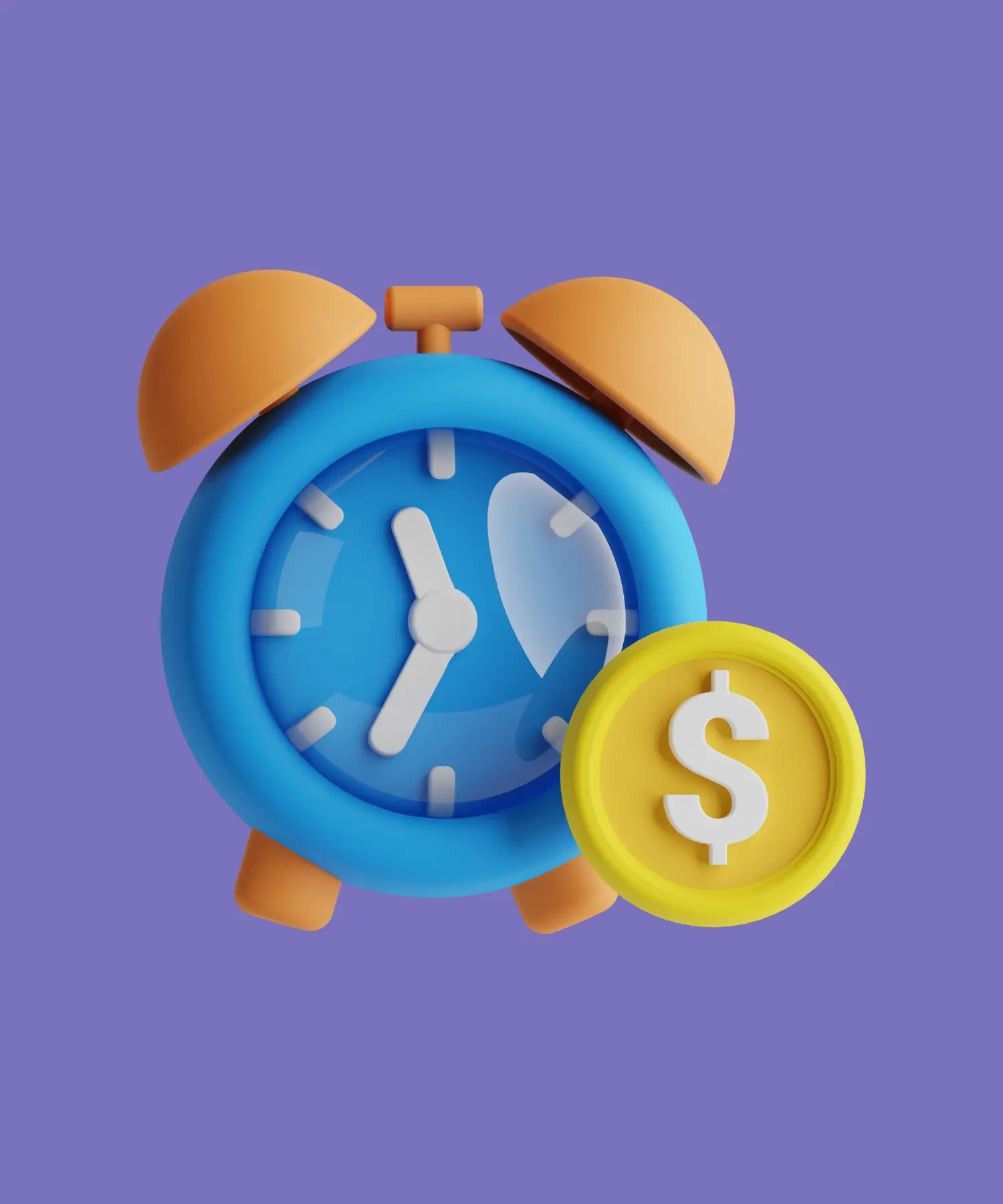
The timeline for mobile app development can be significantly impacted by a variety of factors. A deeper understanding of these elements is crucial for efficient project management and realistic timeline estimation. Infographics could be an effective tool to visually represent these factors and their impact on development time.
- Complexity of the app: The complexity of the app is perhaps the most influential factor. Complex apps with advanced features, custom designs, and intricate user interfaces require more time to develop. For instance, an app that needs a custom-built database, real-time user interaction, or sophisticated animation will naturally take longer to develop than a simple informational app.
- Feature set: The number and complexity of features directly impact development time. Basic features like user login or simple navigation can be implemented relatively quickly, whereas more advanced features like payment integration, GPS tracking, or the use of AI and machine learning algorithms demand more time and expertise.
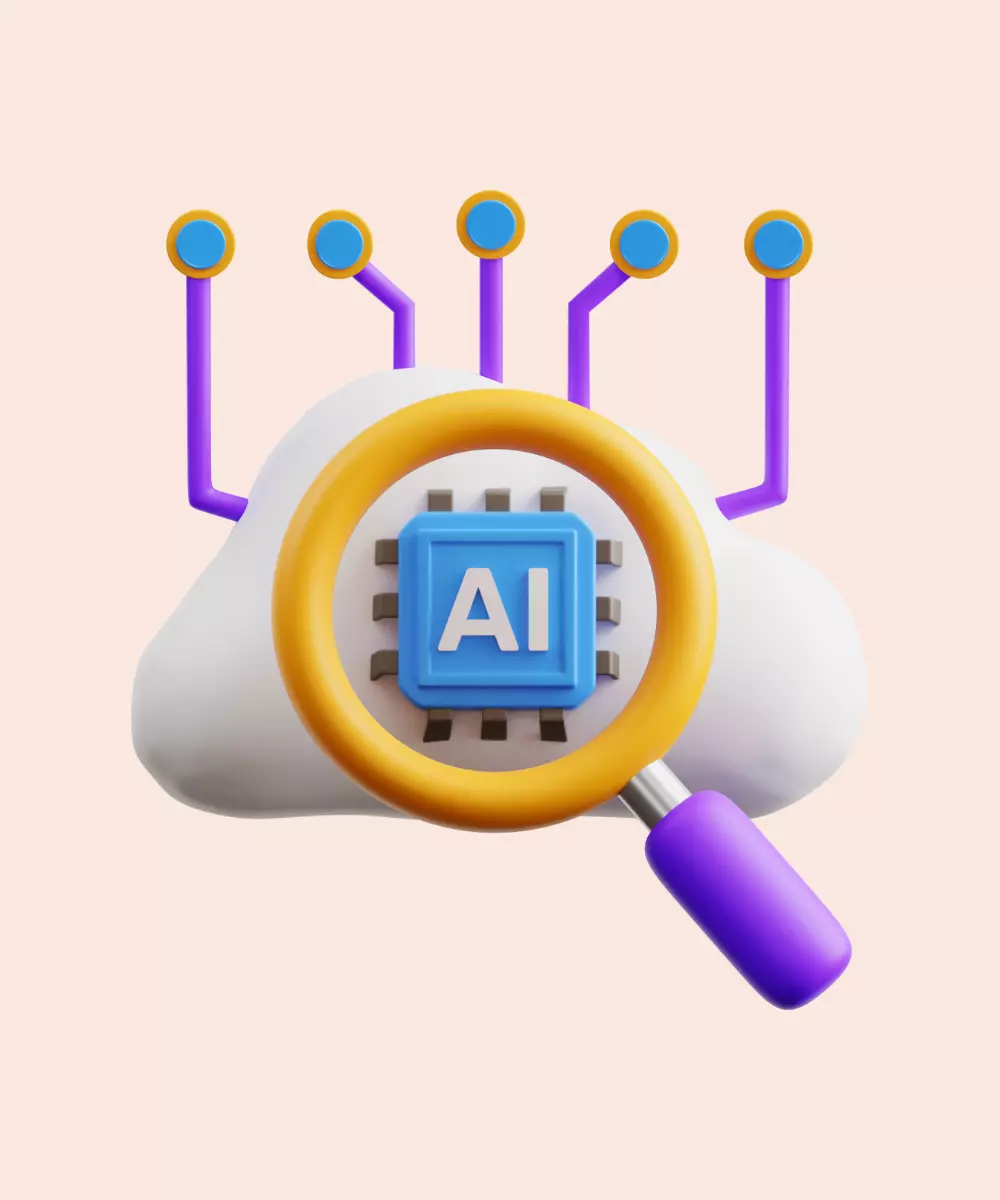
- Platform compatibility: Whether the app is being developed for a single platform (iOS or Android) or for both platforms simultaneously affects the timeline. Cross-platform development tools like Flutter can expedite this process, but additional considerations for each platform's specific requirements and testing may still extend the timeline.
- Design requirements: A highly customized and intricate design will require more time for both the design and development phases. This includes elements like custom graphics, animations, and a user interface that may need to be adapted for different screen sizes and devices.

- Third-party integrations: Integrating third-party services or APIs, such as social media integration, payment gateways, or analytics tools, can also influence the timeline. The complexity of these integrations and the need for custom adaptation can vary significantly.
- Testing and quality assurance: Thorough testing is critical to ensure the app is bug-free and runs smoothly. The scope of testing, which can include functional testing, performance testing, security testing, and user acceptance testing, can greatly influence the development time, especially for more complex apps.
- Changes and revisions: Changes in app requirements or features during the development process can lead to increased development time. Frequent revisions or alterations in the project scope, often referred to as 'scope creep', can significantly delay the project.
- Developer expertise and team size: The experience and skills of the development team play a critical role. A more experienced team might work more efficiently, but their expertise can also lead to higher standards and more time for refinement. Additionally, the size of the team can impact the development speed – larger teams might work faster, but coordination and communication become more challenging.

- Legal and compliance issues: Compliance with legal standards and industry-specific regulations (like GDPR for privacy or HIPAA for healthcare apps) can add to the development time. Ensuring that the app meets all necessary legal requirements can involve additional research and implementation time.
- Market research and user feedback: Incorporating thorough market research and user feedback into the development process can extend the timeline but is essential for ensuring the app meets user needs and market expectations.
5 Ways to Speed Up the App Development Process
Enhancing the efficiency of the app development process is a priority in the fast-paced tech world. Let's explore five key strategies to expedite app development, followed by real-world examples that illustrate their successful implementation.
1. Adopting agile methodology
Agile methodology prioritizes flexibility, iterative development, and regular feedback. This approach allows teams to adapt quickly to changes, develop features in manageable segments, and deliver functional components of the app continuously.
Example: Spotify
Spotify’s adoption of a unique Agile model known as "Squads, Tribes, Chapters, and Guilds" streamlines its development process, enabling rapid updates and feature rollouts. This model has been pivotal in Spotify's success in the dynamic music streaming market.

2. Utilizing cross-platform development tools
Cross-platform development tools like Flutter and React Native enable developers to write code once and deploy it across multiple platforms, significantly saving time and resources while maintaining consistency and performance.
Example: Alibaba
Alibaba's Xianyu app, developed with Flutter, exemplifies the efficiency of cross-platform tools. This approach unified their iOS and Android development teams, leading to a considerable reduction in resources and time.
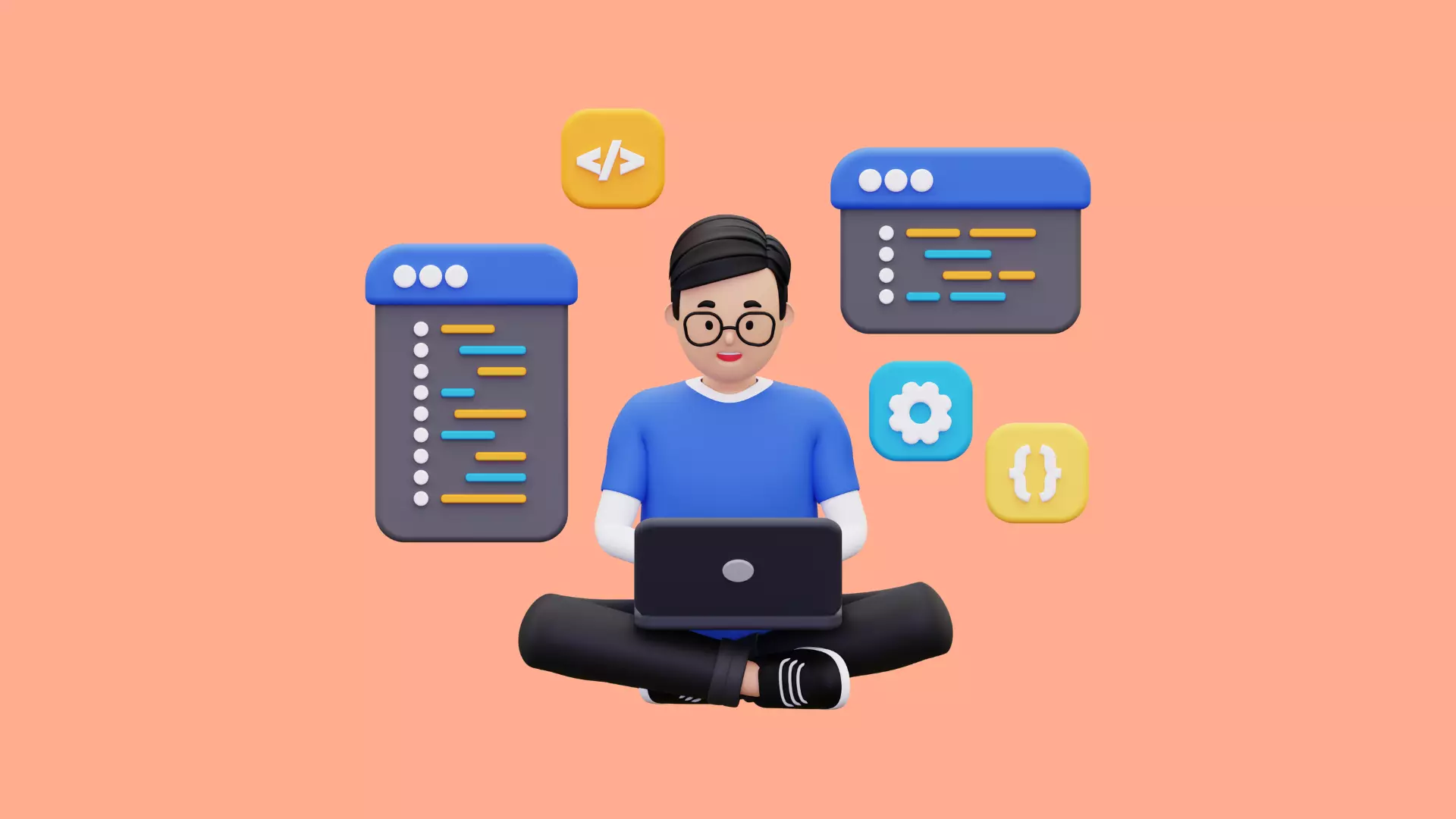
3. Leveraging automated testing
Automated testing speeds up the quality assurance process by quickly executing repetitive tasks, identifying bugs early, and ensuring that new features integrate seamlessly without affecting existing functionalities.
Example: Dropbox
Dropbox utilizes automated testing extensively to maintain high app quality across different platforms. This strategy allows for frequent and efficient updates and feature implementations.
4. Prioritizing MVP development
Focusing on developing a Minimum Viable Product (MVP) allows teams to launch with essential features and then iterate based on user feedback. This approach helps in understanding market needs without investing in extensive initial development.
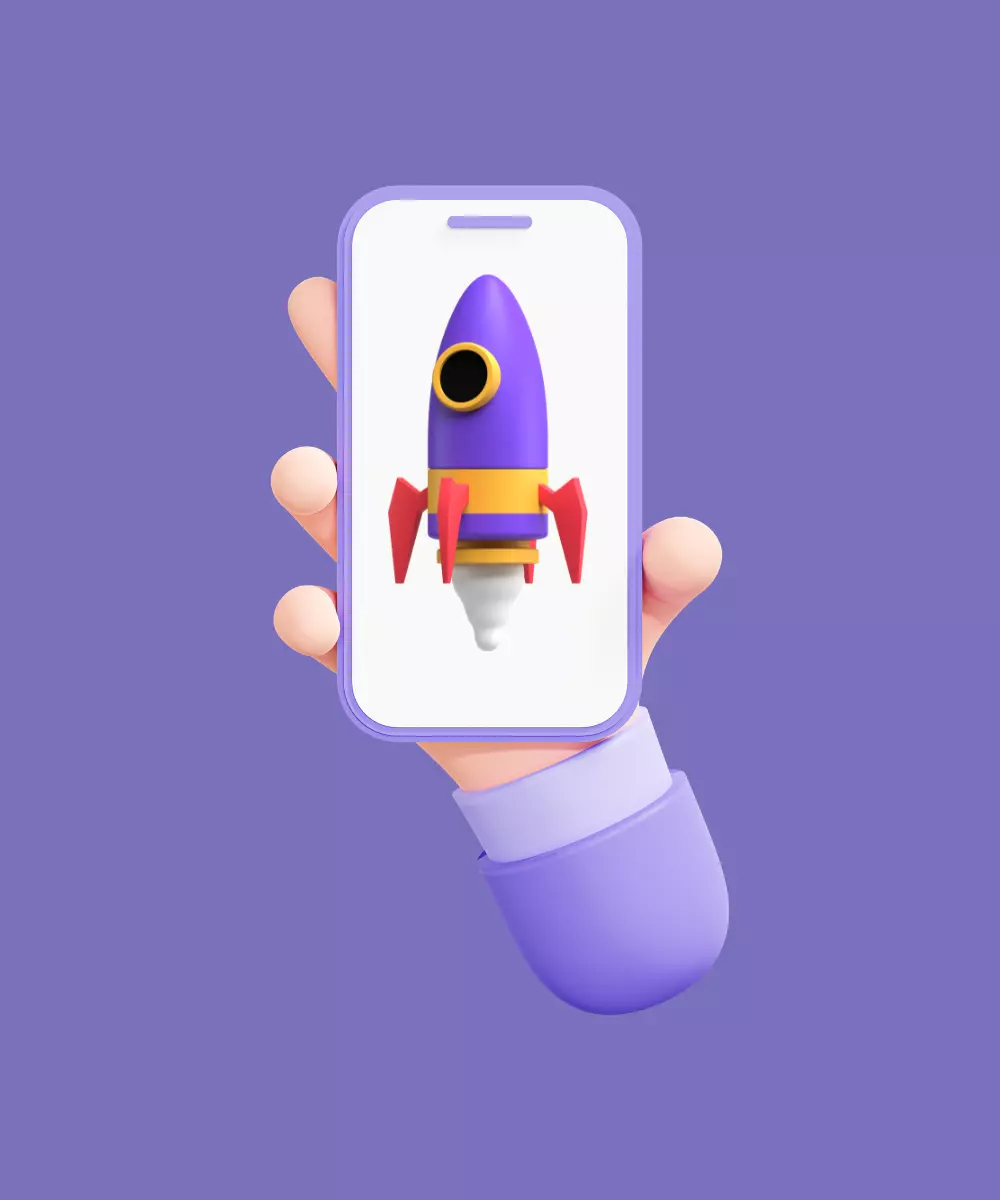
Example: Airbnb
Airbnb started as an MVP, focusing solely on the basic functionality of matching guests with hosts. This strategy enabled them to quickly enter the market, gather user insights, and evolve their offerings effectively.
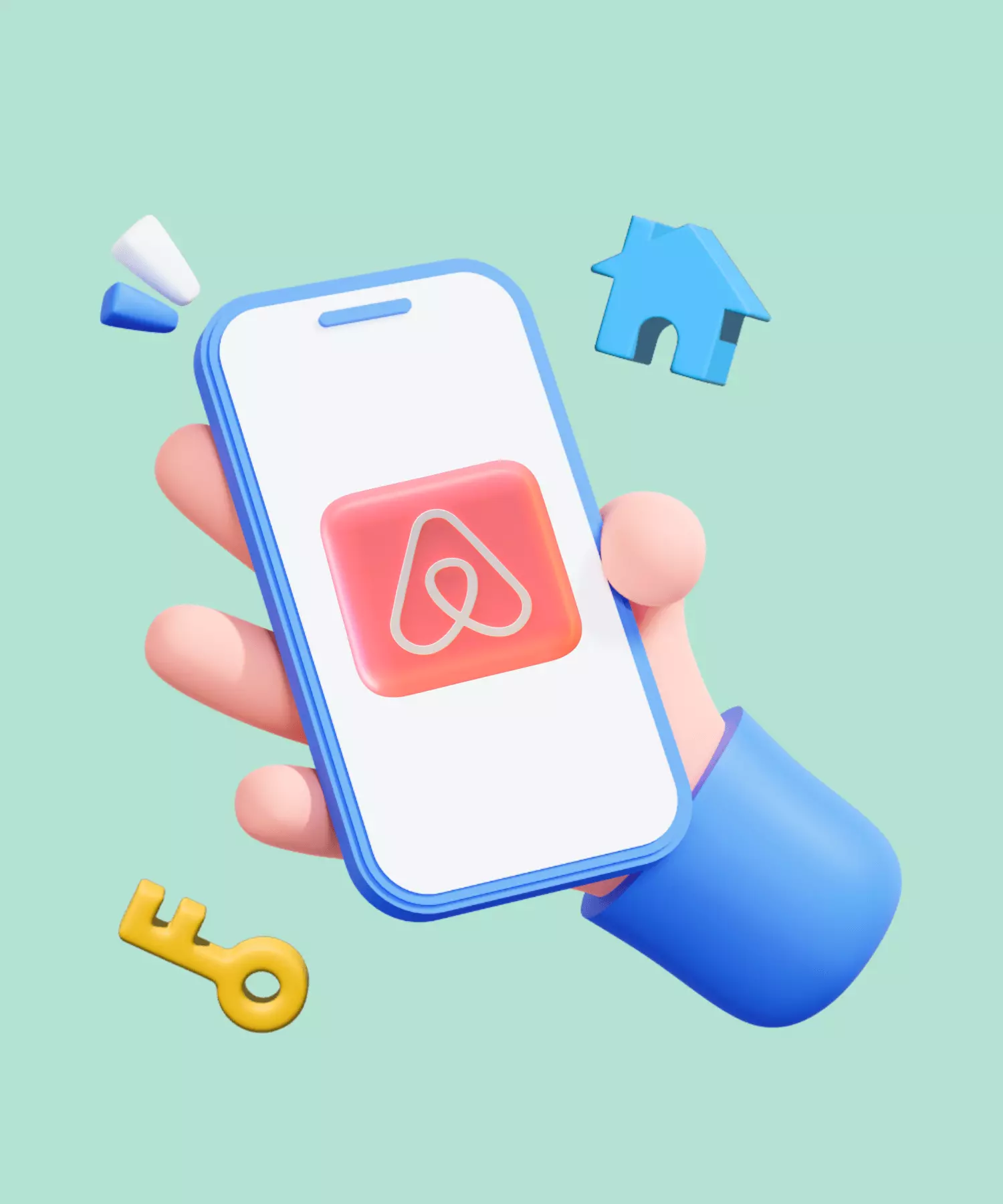
5. Effective project management with regular check-ins
Strong project management, including regular check-ins and status updates, ensures that the project stays on track, aligns with the objectives, and adapts to changes or challenges promptly.
Example: IBM
IBM employs rigorous project management techniques, including regular team check-ins and an iterative development approach. This strategy has been integral to the success of their various software and app development initiatives, keeping projects aligned and on schedule.
Conclusion
Navigating the complexities of app development requires more than just technical know-how; it demands efficiency and strategic planning. At What the Flutter, we understand the importance of time-to-market and quality in app development. Leveraging Flutter, Google's versatile framework, we specialize in transforming your innovative ideas into reality swiftly and efficiently.
Embrace the agility and innovation What the Flutter offers. From adopting Agile methodologies to utilizing cross-platform tools and automated testing, our team ensures your app is developed with precision and speed. We focus on MVP development for quick market entry and effective project management to keep your project on track.
Are you ready to fast-track your app development? Visit our blog for more insights, connect with our community, and let What the Flutter be the catalyst for your app’s success. Contact us today to start your journey toward efficient and impactful app development.












